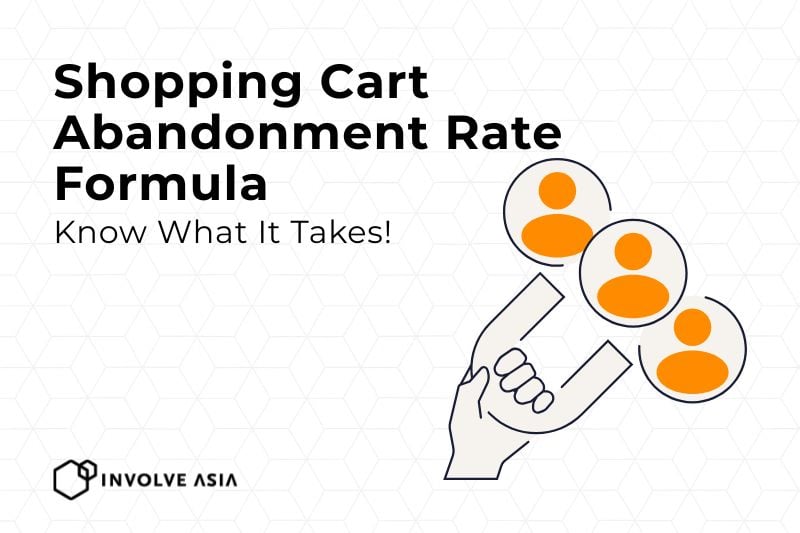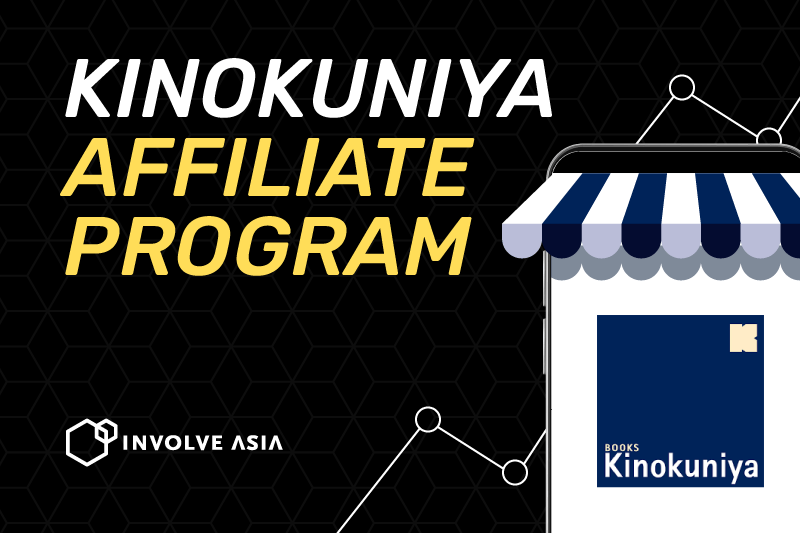Imagine this—you’ve done the hard work. A visitor browses your store, adds a product to their cart, and… disappears. No purchase. No sale. Just an abandoned cart sitting there.
Sound frustrating? You’re not alone. Shopping cart abandonment is one of the biggest headaches for online brands. But here’s the good news: once you understand how to calculate and track it, you can start fixing it—and recover a ton of lost website sales.
Let’s dive into understanding the shopping cart abandonment rate formula, how it works, and what you can do to lower yours.
What Is Shopping Cart Abandonment?
Shopping cart abandonment happens when a visitor adds items to their cart but leaves without completing the purchase. It’s like someone walking through a physical store, filling their basket, and leaving it at the counter.
Why It Matters for Online Stores
Abandonment doesn’t just hurt your sales—it wastes your marketing budget. Every abandoned cart represents time, effort, and ad spend that didn’t pay off.
Understanding why it happens (and how often) is the first step to fixing it.
Read: Why is Shopping Cart Abandonment a Problem?
Understanding the Shopping Cart Abandonment Rate
Your cart abandonment rate is simply the percentage of website visitors who add something to their cart but don’t finish the checkout.
What Does This Rate Tell You?
A high abandonment rate could mean:
- Your checkout process is too complicated
- Extra costs are scaring people off
- There’s a mismatch between expectations and reality
In short: it’s a warning light that your sales funnel is leaking somewhere.
Common Benchmarks Across Industries
While it varies by sector, here’s a rough idea:
- Retail: ~70%
- Travel: ~80%
- Fashion: ~68%
- Mobile purchases: Often even higher
It’s normal to have abandonment—but minimizing it is where the magic happens.
The Shopping Cart Abandonment Rate Formula
Here’s the simple formula you need to know:
Shopping Cart Abandonment Rate (%) =
((Number of Carts Created – Completed Purchases) ÷ Number of Carts Created) × 100
Step-by-Step Breakdown
- Count the number of people who added something to their cart.
- Count how many of them actually completed their purchase.
- Subtract purchases from carts to get the number of abandoned carts.
- Divide by the total number of carts created.
- Multiply by 100 to get a percentage.
Example Calculation
Say 1,000 visitors add items to their carts. But only 250 complete the purchase.
Abandonment rate = ((1,000 – 250) ÷ 1,000) × 100 = 75%
That means 3 out of 4 people are walking away without buying. Yikes.
5 Key Factors That Affect Abandonment Rates
Understanding the “why” is just as important as knowing the “how.”
Unexpected Costs
Surprise fees at checkout (like shipping or taxes) make people abandon fast.
Complicated Checkout Process
Too many steps = too many chances to bail.
Forced Account Creation
Nobody wants to create “yet another account” just to buy a T-shirt.
Limited Payment Options
If someone’s preferred payment method isn’t available, they’ll likely leave.
Website Speed Issues
A slow-loading page can kill the mood—and the sale.
Read: 4 reasons why people abandon their online shopping carts
How to Improve Your Cart Abandonment Rate in 5 Steps
Simplify the Checkout Experience
Reduce the number of steps. Use a progress bar so shoppers know how close they are to being done.
Offer Multiple Payment Methods
Credit cards, PayPal, e-wallets—cover all bases.
Use Exit-Intent Popups
Catch leavers with a discount, free shipping offer, or friendly reminder.
Send Cart Recovery Emails
Remind shoppers about their cart with a gentle nudge (bonus points if you offer a small incentive).
Personalize the Follow-Up
Show them exactly what they left behind. Personalization increases the chances they’ll come back.
Why Tracking Your Cart Abandonment Rate Is Critical
If you’re not tracking it, you’re flying blind.
Knowing your abandonment rate gives you:
- Clear KPIs to improve
- Benchmarks for testing new strategies
- Insight into where buyers are dropping off
Data = power. The brands that know their numbers are the ones that grow.
How Conversion Booster Can Help
Even if you lower your cart abandonment rate, some shoppers will still leave. That’s normal. But you don’t have to lose them forever.
Conversion Booster helps brands like yours:
✅ Stay top-of-mind with shoppers who left
✅ Show them personalized ads across online platforms
✅ Bring them back when they’re ready to buy
✅ Only pay when they actually convert
Ready to plug the leaks and recover those lost sales?
👉 Get started with Conversion Booster now—and start turning abandoned carts into real sales.
Conclusion
You work hard to bring website visitors to your site. Don’t let them slip away at the last second.
Understanding your shopping cart abandonment rate isn’t just about math—it’s about identifying opportunities to optimize, engage, and ultimately drive more sales.
Track it. Improve it. Recover it.
The more you focus on reducing cart abandonment, the more your revenue will naturally grow.
Frequently Asked Questions (FAQs)
What is cart abandonment in eCommerce?
Cart abandonment in eCommerce happens when a customer adds items to their online shopping cart but leaves the website without completing the purchase. This is one of the most common issues online stores face, directly affecting sales and conversion rates. Shoppers abandon carts for many reasons: unexpected shipping costs, a complicated checkout process, lack of payment options, or simply being undecided.
Cart abandonment is typically measured as a percentage of total users who start but don’t finish the buying process. A high cart abandonment rate can indicate poor user experience or pricing concerns. For businesses, reducing this rate means recovering lost revenue without having to drive more traffic. Tools like cart reminders, one-click checkout, and offering guest checkout can help lower cart abandonment and increase overall eCommerce performance.
How can we reduce cart abandonment rate?
Reducing the cart abandonment rate involves making the checkout process smoother, faster, and more trustworthy for your customers. Start by simplifying your checkout flow—remove unnecessary steps and allow guest checkout to make buying easy. Be transparent with all costs upfront, especially shipping fees, as hidden charges often cause users to leave. Offering multiple secure payment options builds trust, while clear return policies boost buyer confidence.
Sending abandoned cart email reminders with a discount or free shipping incentive can help recover lost sales. Mobile optimization is also crucial, as many users shop on their phones. Additionally, using affiliate retargeting or ad campaigns to bring users back to their carts can significantly improve conversion rates. By focusing on user experience and addressing key friction points, businesses can lower abandonment rates and increase revenue effectively.
How do you fix a shopping cart abandonment?
To fix shopping cart abandonment, you need to understand why customers are leaving before completing their purchase—and then optimize those areas. Begin by analyzing your checkout funnel to find drop-off points. Simplify the checkout process, allow guest purchases, and reduce form fields to avoid frustrating users. Be upfront about all costs, especially shipping, and consider offering free or flat-rate shipping to reduce cart shock.
Use email marketing to send personalized abandoned cart reminders and offer limited-time discounts or free shipping to encourage completion. Adding trust signals—like secure payment icons and customer reviews—can increase buyer confidence. Ensure your site is mobile-friendly and loads quickly to prevent mobile cart drop-offs. Finally, retarget cart abandoners through social media or affiliate ads to re-engage them. Fixing cart abandonment isn’t about one quick solution—it’s about creating a smoother, more reassuring path to purchase.
How to handle an abandoned cart?
Handling an abandoned cart requires a mix of strategy, communication, and automation. Start by setting up automated cart recovery emails that trigger shortly after a user leaves without checking out. These emails should remind them of the items left behind, include product images, and offer a clear call to action—like “Complete Your Purchase.” Adding incentives such as a discount or free shipping can further encourage completion.
Use retargeting ads to reach cart abandoners on platforms like Facebook and Google. Improve your checkout experience to reduce future abandonment—offer guest checkout, multiple payment methods, and faster page load times. Make sure your mobile experience is seamless, as many users shop via smartphones. Analyze abandonment data regularly to identify patterns and areas of friction. By combining personalization with a frictionless buying experience, you can recover abandoned carts and boost eCommerce conversions significantly.







